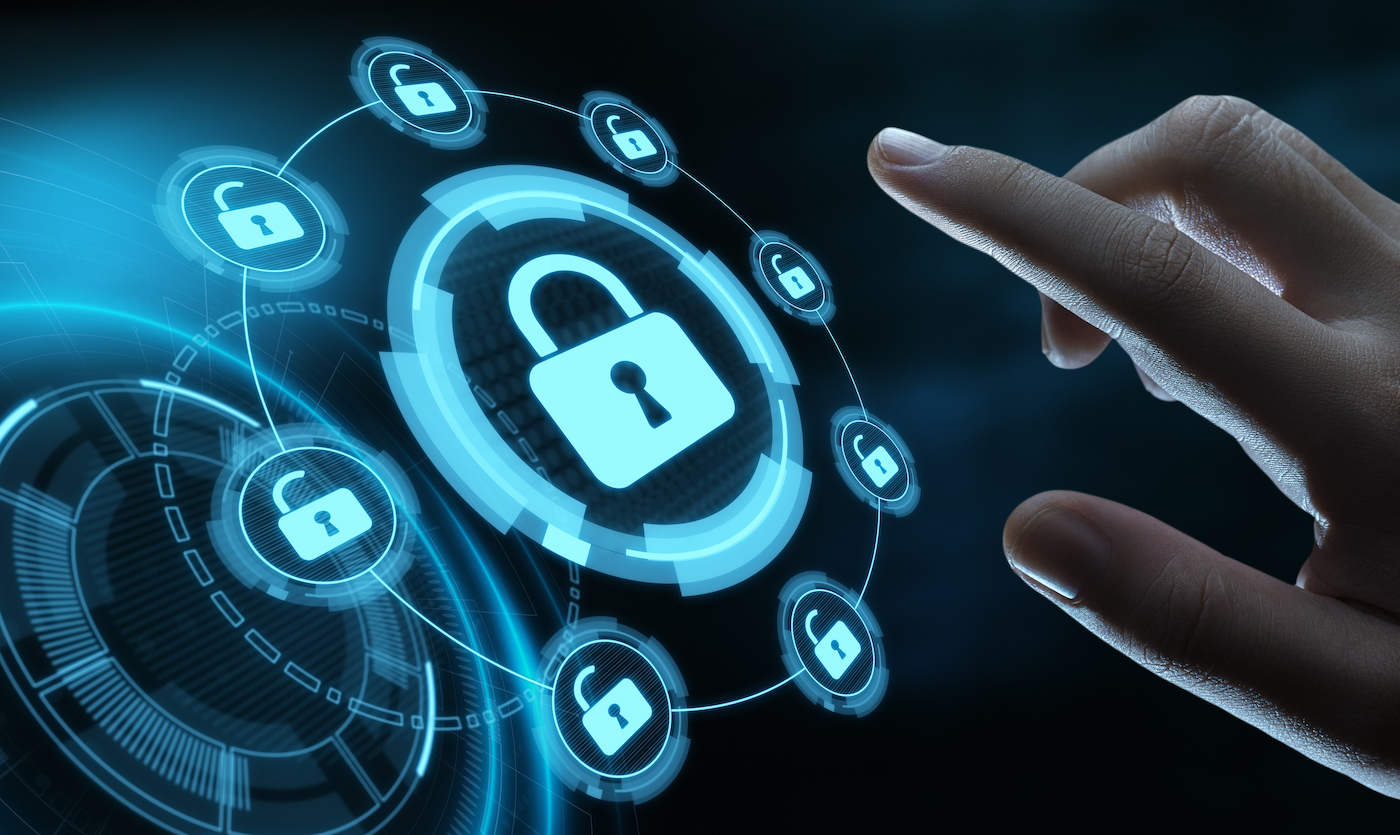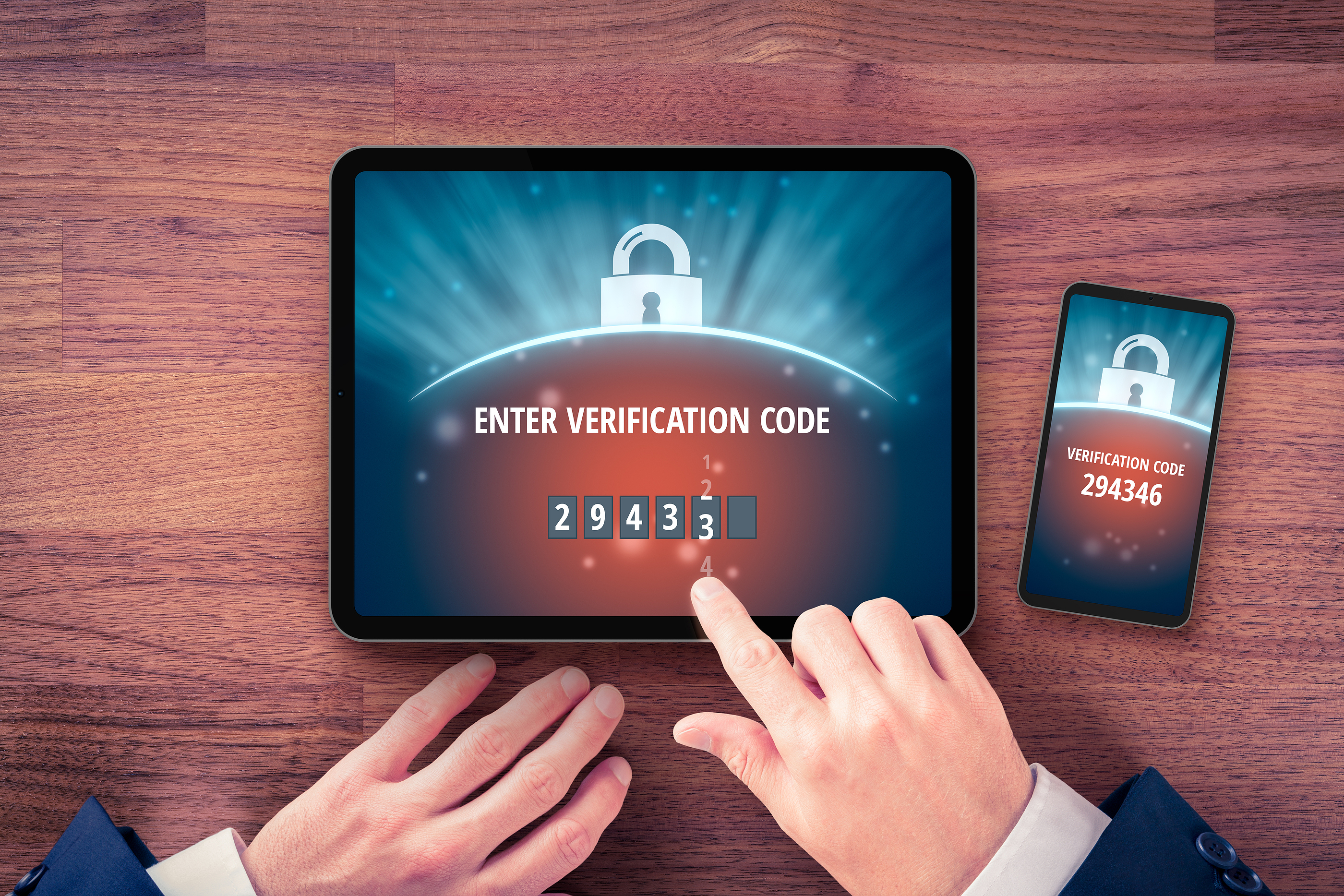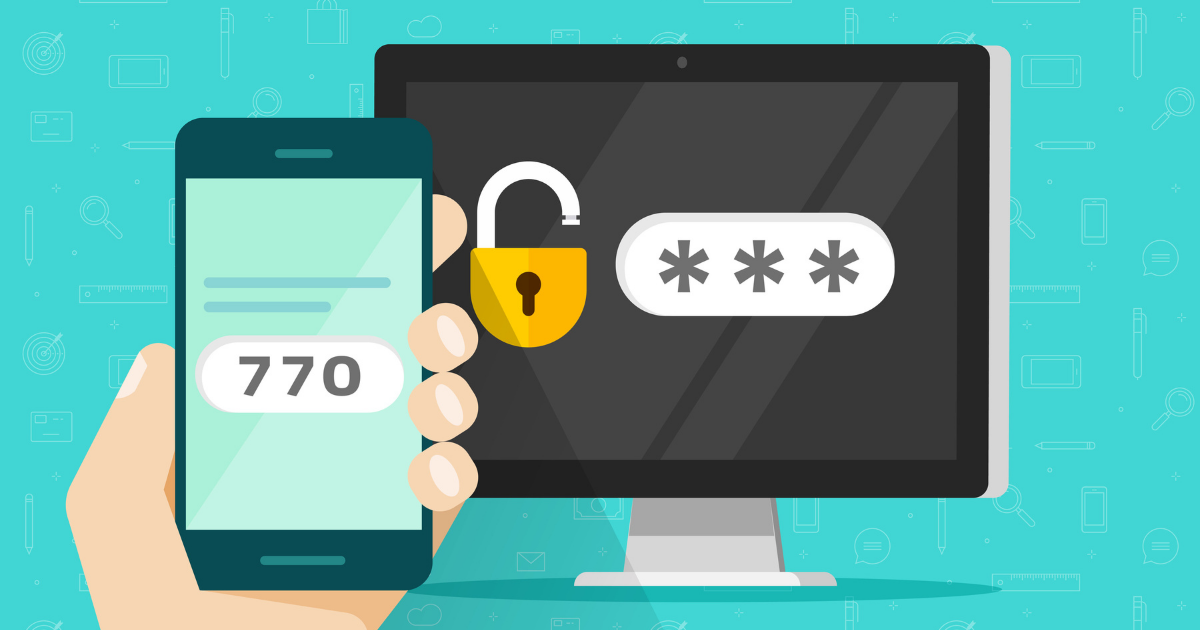How Do Passwordless Logins Work?

Passwordless authentication eliminates the need for security questions and passwords. Instead, the user offers an alternate proof, such as a token code, proximity badge, or fingerprint. Passwordless authentication is frequently used in conjunction with Single Sign-On (SSO) systems and multi-factor authentication (MFA) to enhance the user experience, strengthen security, and lower the cost and complexity of IT operations.
How Does Passwordless Authentication Work?
Passwords are replaced by alternative authentication parameters, which are inherently safer because there are no passwords for phishing scammers and attackers to steal. During password-based authentication, passwords submitted by users are compared against passwords kept in the database. But the system doesn’t know if it’s actually the user inputting the password. It’s just looking for the correct username and password combination to be entered.
Similar comparisons are made with password-free systems like biometrics, only that user-specific attributes are being compared instead of passwords. For instance, a system might take a picture of a user’s face, extract numerical information from it, and afterward compare it to verified information already stored in the database. This is much more difficult for a cybercriminal to try to replicate. Comparisons may take place differently in different passwordless systems. A system might transmit a one-time passcode through SMS to a user’s mobile device. Once they have it, they input it into the login box. The system matches the passcode entered by the user.
Passwordless authentication relies on cryptographic key pairs consisting of a private and public key. Sensitive data is encrypted and decrypted using a private key. Both the sender and the recipient share it. On the other hand, public keys have one sole purpose: to encrypt data. Only an authentication factor, such as a fingerprint, PIN, QR code, or one-time code, can be used to access the private key, which is kept on the user’s local device. The system that the user has already authenticated receives the public key.
Why Is Passwordless Authentication Better than Using a Password?
Despite being considered a necessary evil, passwords carry far too many risks. Passwords are too simple to steal and decipher, a claim supported by the 2021 Verizon Data Breach Investigations Report (DBIR). The report stated that cybercriminals used unauthorized logins in 61 percent of breaches in 2020. However, password authentication eliminates all of that. Users continue to use weak and dangerous password practices despite efforts to raise password security awareness and reinforce policies. By 2023, it’s expected that the average user will be managing 200 passwords.
Because of this, numerous passwords are either insecure or are being used on various websites. Some businesses are implementing stricter password requirements and regular password changes to thwart this trend. However, this just makes matters worse by making it more likely for users to forget their passwords or use the same one for numerous websites. It also has a price because more people are frequently requesting password resets, which is a time-consuming and expensive process for everyone involved and places a strain on help desks. Businesses put a lot of time and money into managing and storing passwords. The time IT staff spends updating passwords and responding to frequently shifting password storage laws increases the expense. According to a Forrester estimate from 2018, businesses in the US spend more than $1 million a year simply on support costs for passwords. Many of these expenses are eliminated by passwordless authentication.
What Are the Benefits of Passwordless Authentication?
- Better Security: User-controlled passwords pose a serious risk since people can reuse them and divulge them to others. Passwords are the most common attack vector, accounting for 81 percent of data breaches. They also serve as a springboard for further assaults, including credential stuffing, brute force attacks, password spraying, and corporate account takeover (CATO).
- User Experience(UX): Passwordless authentication streamlines the authentication process by eliminating the need for user-memorized passwords.
- IT Gains Control and Visibility: Phishing, sharing, and reuse are common problems with password security. But with passwordless authentication, IT reclaims its goal of having comprehensive visibility over access management and identity, which is a prevalent problem when using passwords. There is nothing to share, phish, or reuse, and the user is no longer the organization’s wildcard regarding identification.
- Reduction in Total Cost of Ownership (TCO): Removing passwords will lower support tickets and free IT to handle actual issues.
How To Implement Passwordless Authentication?
Here’s a strategy for adopting password-free authentication.:
- Pick your mode: Selecting your desired authentication factor is the first step. Options include hardware tokens, magic links, QR codes, fingerprints, and retinal scans.
- Use more than one authentication factor: Whether using passwordless or not, it is advised to use several authentication factors. Even if it seems safe, relying solely on one component is not advisable.
- Buy required hardware/software: To deploy biometric-based passwordless authentication, you might need to purchase hardware. Other techniques, such as mobile OTPs or magic links, could require software.
- Onboard users: Initiate the process of adding new users to your authentication system. Using a facial recognition system requires you to scan every employee’s face, for example.
Passwordless authentication can be difficult and time-consuming to implement internally. Why not outsource your security needs to us at Copperband Technologies? Call us at 931-263-8000 or fill out our Contact Form to get a quote.






